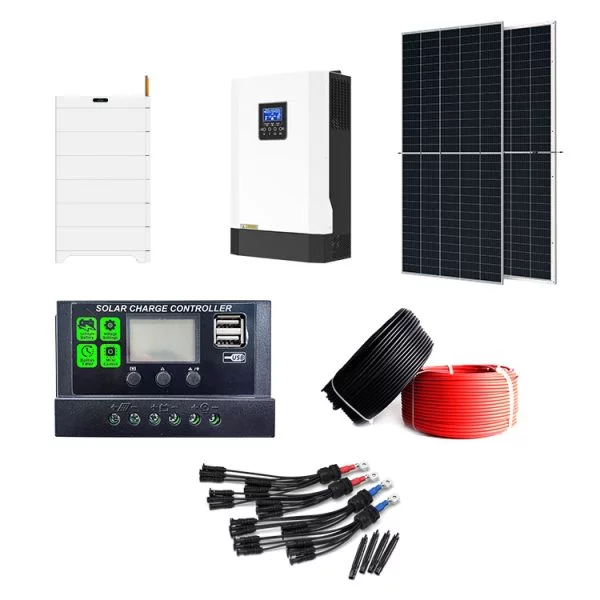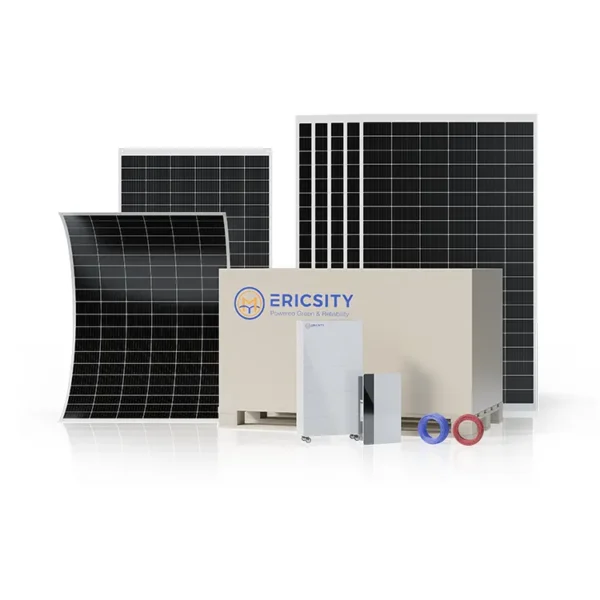HOT PRODUCT
Product Details
The Science Behind 30w Folding Panels: How They Generate Power
Title: The Science Behind 30W Folding Panels: How They Generate Power
Introduction:
In recent years, the rising popularity of portable power solutions has led to the development of compact and efficient solar panels. Among these innovative designs, the 30W folding solar panels have gained significant attention. These portable solar panels offer an efficient and convenient method of harnessing solar energy on-the-go. This article will delve into the science behind 30W folding panels and how they generate power.
1. Photovoltaic Effect: The Foundation of Solar Power Generation
At the heart of 30W folding panels lies the principle of the photovoltaic effect. Photovoltaic cells, also known as solar cells, are responsible for converting sunlight into electricity. These cells are typically made of semiconductor materials, such as silicon, which possess unique properties.
2. Semiconductor Materials and Energy Conversion

Semiconductor materials in solar cells have unique properties that enable them to convert sunlight into electricity. When sunlight strikes the solar cell’s surface, photons from the sunlight transmit their energy to electrons within the semiconductor material. This energy transfer elevates the energy level of the electrons, causing them to break free from their bonds and become free-moving charges.
3. Creation of Electric Potential Difference
As free-moving electrons are generated, they create an electric potential difference within the semiconductor material. This potential difference develops due to the separation of positively charged “holes” (resulting from the electron departure) and negatively charged electrons. The establishment of this potential difference allows for the creation of an electric field within the solar cell.
4. The Role of the Semiconductor Junction
To harness the free-moving electrons and capture the generated electricity, solar cells utilize a built-in semiconductor junction structure. This structure consists of two layers: the p-type (positive) and n-type (negative) layers. The junction forms a boundary where the two layers meet.
The p-type layer has an excess of positively charged “holes,” while the n-type layer contains an excess of negatively charged electrons. As a result, when the two layers combine, the semiconductor junction creates an electric field between the p-type and n-type regions.
5. Facilitating Electron Flow and Current Generation

Once the electric field is set up at the semiconductor junction, it aids in directing the flow of free-moving electrons towards the n-type side and “holes” towards the p-type side. This migration of charges establishes an electron flow, generating an electric current that is usable as electricity.
6. Maximizing Efficiency with Folding Panels
30W folding panels capitalize on efficiency by incorporating multiple solar cells efficiently into a compact, foldable design. The folding mechanism allows for increased surface area when unfolded, maximizing sunlight absorption, and power generation. These panels are usually equipped with high-quality materials that optimize energy conversion, ensuring maximum power output with minimal space requirements.
Conclusion:
The science behind 30W folding panels relies on the fundamental principles of the photovoltaic effect to convert sunlight into electricity. Through the photovoltaic process, the panels utilize semiconductor materials and the formation of a semiconductor junction to generate an electric potential difference and facilitate the flow of electrons, leading to the generation of usable electrical power. With their portable and efficient design, 30W folding panels represent a significant technological advancement in the field of solar energy, enabling the harnessing of renewable power on the go.




